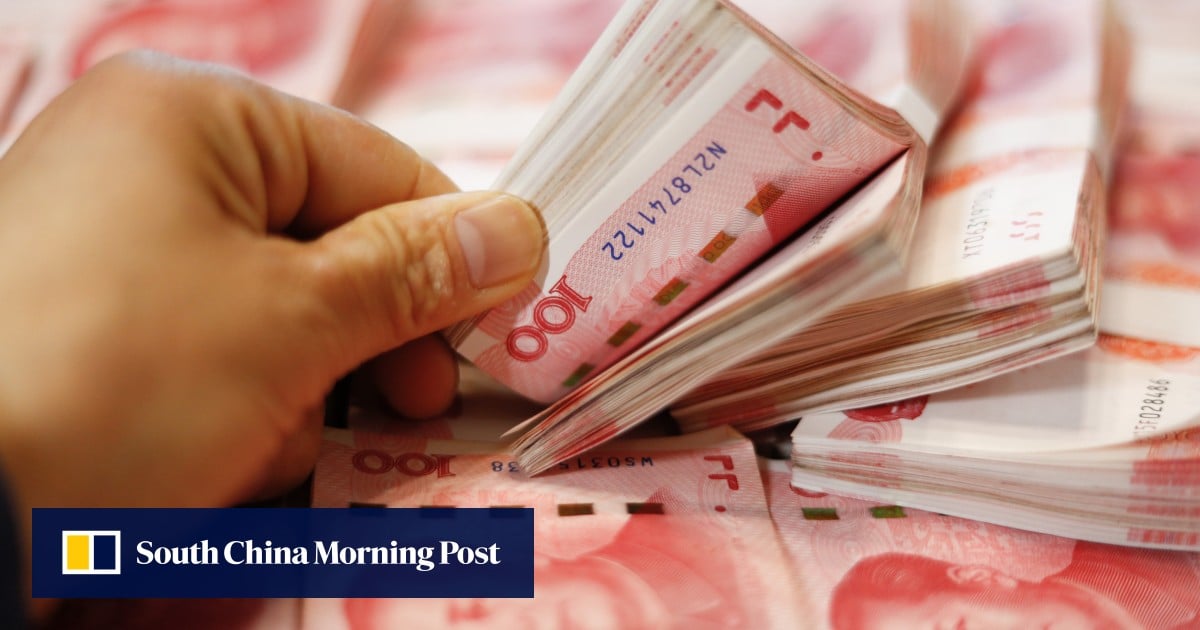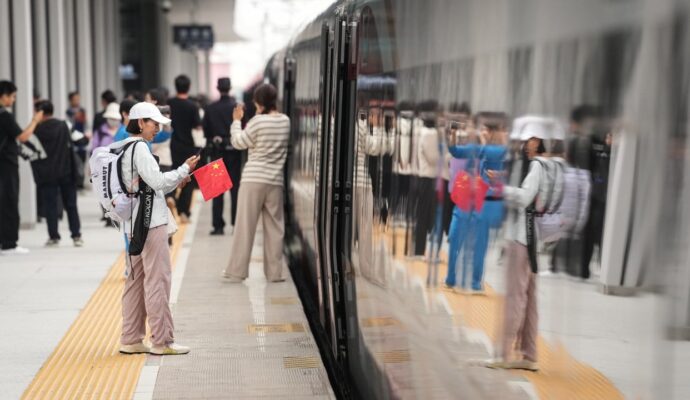
“This is clearly a loosening signal,” said Ding Shuang, chief Greater China economist at Standard Chartered Bank.
Ding expects subsequent cuts of the medium-term lending facility (MLF) and also the loan prime rate, which is partly linked to mortgage loans.
Ding said other policy tools may also be considered, including cutting the reserve requirement ratio for commercial banks, property loosening and increased fiscal spending.
However, he does not expect big stimulus, saying that 2023 is a year of recovery and the economic growth target of around 5 per cent is not high.
“Those moves are set to turn around [pessimistic] market expectations,” he added.
Around 200 billion yuan worth of MLF will also mature on Thursday, marking the next window for Beijing to offer support to the economy.
The central bank is expected to release May’s bank-loan figures later this week, while the National Bureau of Statistics will also publish industrial output, investment, retail sales and unemployment data on Thursday.
China’s consumer prices grew mildly in May, while factory-gate deflation deepened, adding to concerns over the economy. Export growth also tumbled in May, indicating weak external demand.
During his field trip in Shanghai on Friday, PBOC governor Yi Gang said consumer inflation would climb to 1 per cent towards the end of the year from the 0.2 per cent reading in May, in an attempt to ease market worries that economic growth is losing steam.
“China has strong economic resilience, big [growth] potential and ample policy space,” he said.
“[We] should have confidence and patience for China’s steady economic growth.”
It suggests that a desire to support economic growth is now taking precedence over concerns about bank profitability
Yi said the central bank would enhance countercyclical adjustments and use a variety of monetary tools to maintain reasonably ample liquidity and appropriate credit supply. They are also striving to lower the borrowing costs of market entities, he added.
“The PBOC has lowered its short-term policy rate for the first time since last summer, revealing growing concerns among policymakers about the health of China’s recovery,” said economists at Capital Economics.
“It is likely to be followed by wider easing across the PBOC’s other tools. But we think that a sharp acceleration in credit growth is still unlikely, and that the recovery will continue to mostly depend on the service sector.
“No official explanation was given for [Tuesday’s] policy change. But it suggests that a desire to support economic growth is now taking precedence over concerns about bank profitability.”


